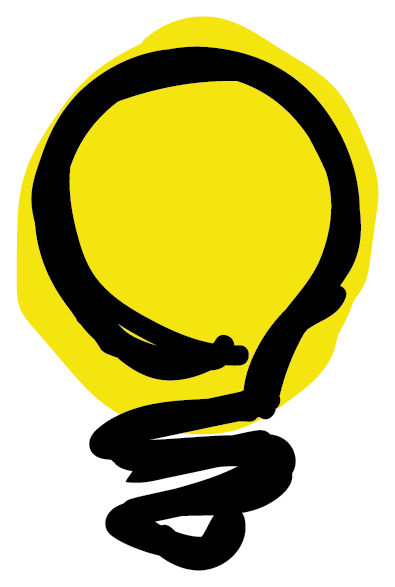5 Min Read
The Role of Paper and Pencil in Design Education
5 Min Read
The Role of Paper and Pencil in Design Education
In my freshman and sophomore level classes at GCU’s College of Arts and Media, I often encounter a familiar question: “Can I do my thumbs on my iPad?” To which my response is consistently a firm “no.”
This typically elicits a chorus of groans and complaints, as if I’ve just dashed their hopes and dreams. However, there’s a method to my madness, grounded in both experience and research.
Initially, I didn’t give much thought to this insistence on using traditional pencil and paper for thumbnail sketches and rough drafts. But as I observed a noticeable lack of creativity and imagination among students who heavily relied on digital platforms, I decided to explore deeper into the subject. What I found mirrored a growing body of research on the topic.
Studies Show
Recent studies have highlighted the cognitive benefits of using pencil and paper over digital alternatives. Research by Picard et al. (2014) suggests that traditional pen-on-paper drawing skills in elementary schoolchildren outperform finger-on-screen drawing skills, indicating a tangible advantage to analog methods. Similarly, investigations into memory retention reveal that handwriting notes stimulates higher brain activation and leads to better recall compared to typing (Umejima et al., 2021; Bhrahmbhatt, 2021).
But why does this matter in a design classroom?
For one, the increased brain activation associated with pencil and paper usage suggests that students are more actively engaged in the creative process. This engagement is crucial, especially for freshman and sophomore students who are still honing their digital skills. By minimizing distractions and maximizing cognitive engagement, we create an environment conducive to learning the fundamentals of advertising and marketing.
So, why do I relax this rule for upper-level classes?
Well, to some extent, I still adhere to it. In my 300 level typography class, for instance, we begin with paper to develop typefaces before transitioning to digital tools for refinement. And in the senior class, where the focus is on portfolio development, students have the flexibility to choose their preferred tools, although starting with pencil and paper is encouraged for new projects.
Interestingly, despite the option to use iPads in advanced classes, many students opt to stick with traditional methods. This could be attributed to the tactile and sensory experience that paper and pencil offer, enhancing the creative process in ways that digital tools cannot replicate (Poupyrev & Maruyama, 2002).
While the allure of digital technology is undeniable, there’s still immense value in embracing traditional mediums, especially in the realm of design education. By prioritizing pencil and paper in foundational classes, we lay the groundwork for creativity, critical thinking, and effective problem-solving skills essential for success in the field of arts and media.
References
- Bhrahmbhatt, C. (2021). Word recall differences between writing by hand and typing. IAAR Journal of Education, 3(2), 75–103. https://doi.org/10.58213/education.v3i2.27
- Picard, D., Martin, P., & Tsao, R. (2014). iPads at School? A Quantitative Comparison of Elementary Schoolchildren’s Pen-on-Paper versus Finger-on-Screen Drawing Skills. Journal of Educational Computing Research, 50(2), 203-212. https://doi.org/10.2190/EC.50.2.c
- Poupyrev, I., & Maruyama, S. (2002). Drawing with Feeling: Designing tactile display for Pen. SIGGRAPH ’02: ACM SIGGRAPH 2002 Conference Abstracts and Applications, 173. https://doi.org/10.1145/1242073
- Umejima, K., Ibaraki, T., Yamazaki, T., & Sakai, K. (2021). Paper Notebooks vs. Mobile Devices: Brain Activation Differences During Memory Retrieval. Frontiers in Behavioral Neuroscience, 15. https://doi.org/10.3389/fnbeh.2021.634158
Get updates about our next exhibitions
We will process the personal data you have supplied in accordance with our privacy policy.





